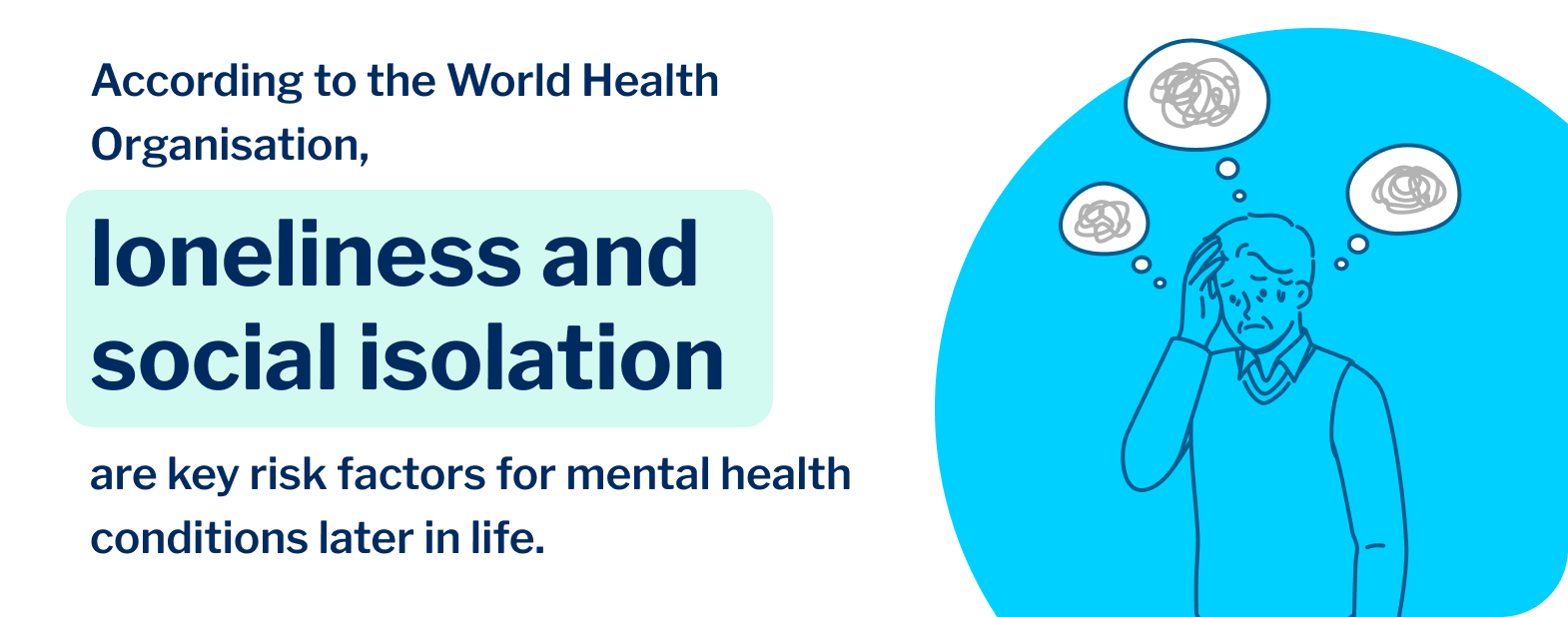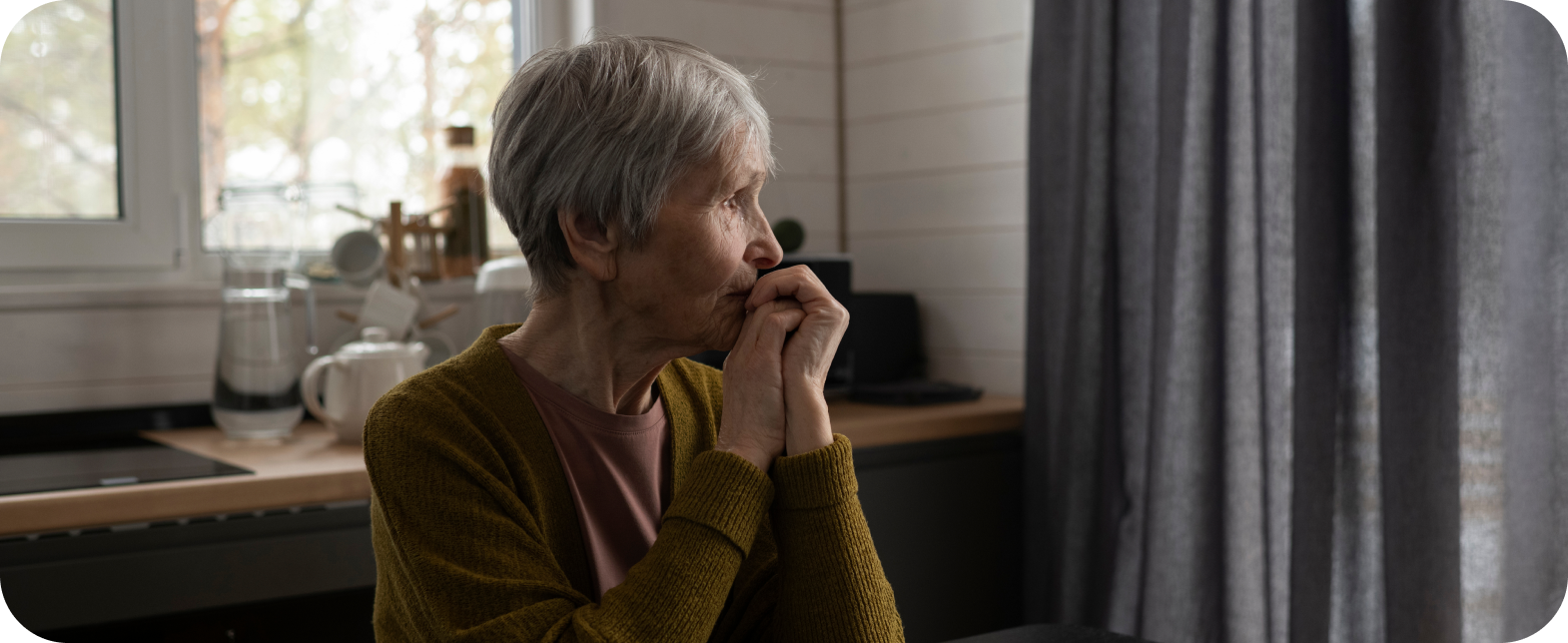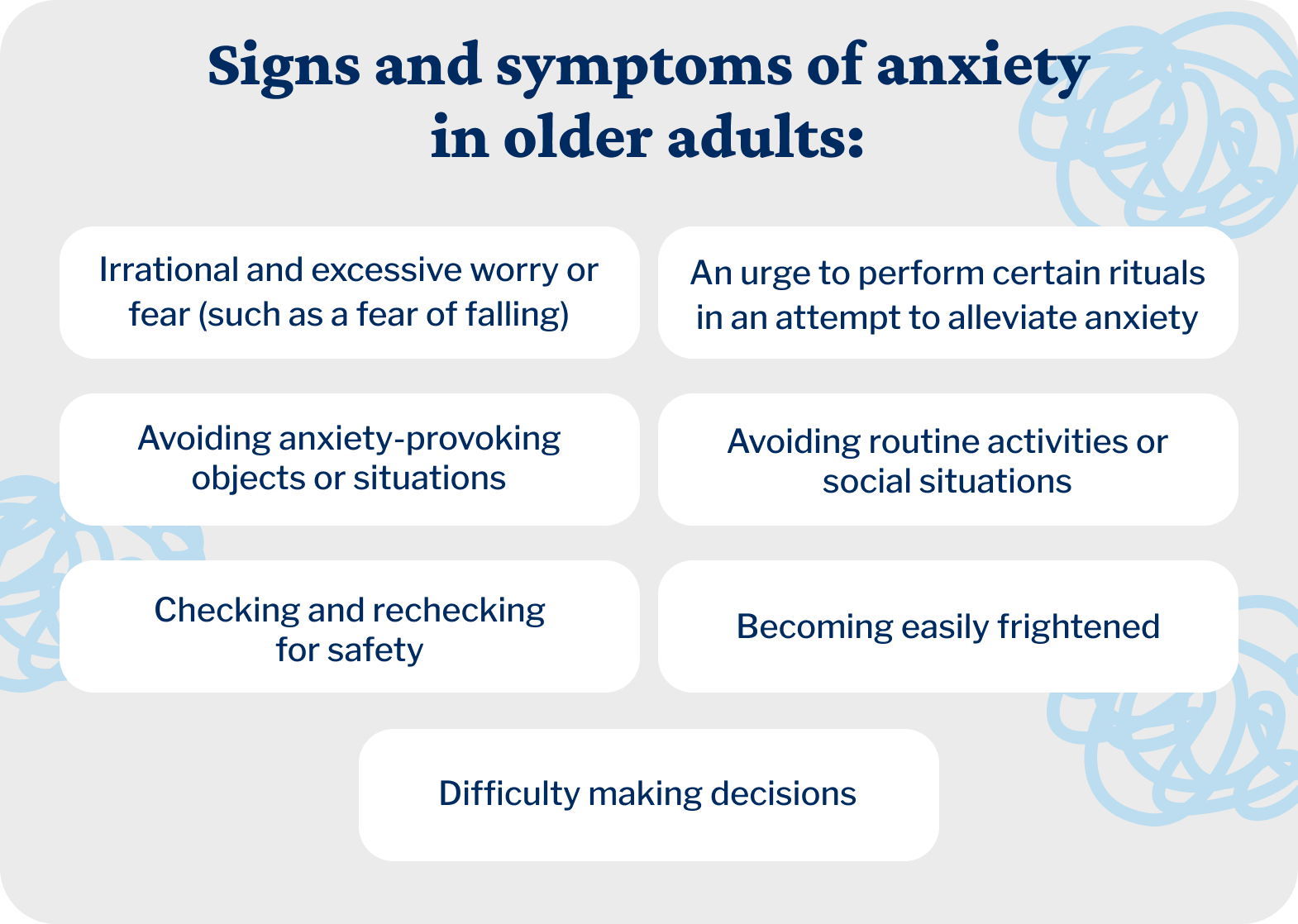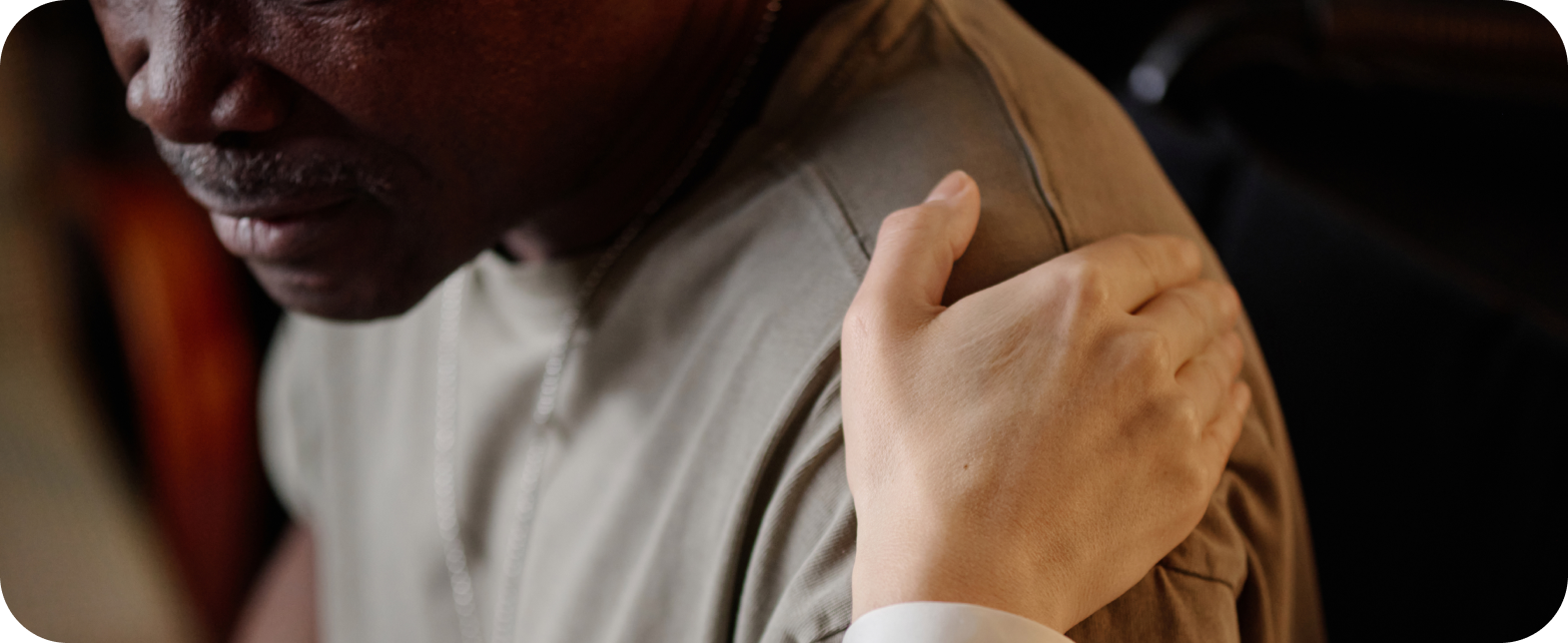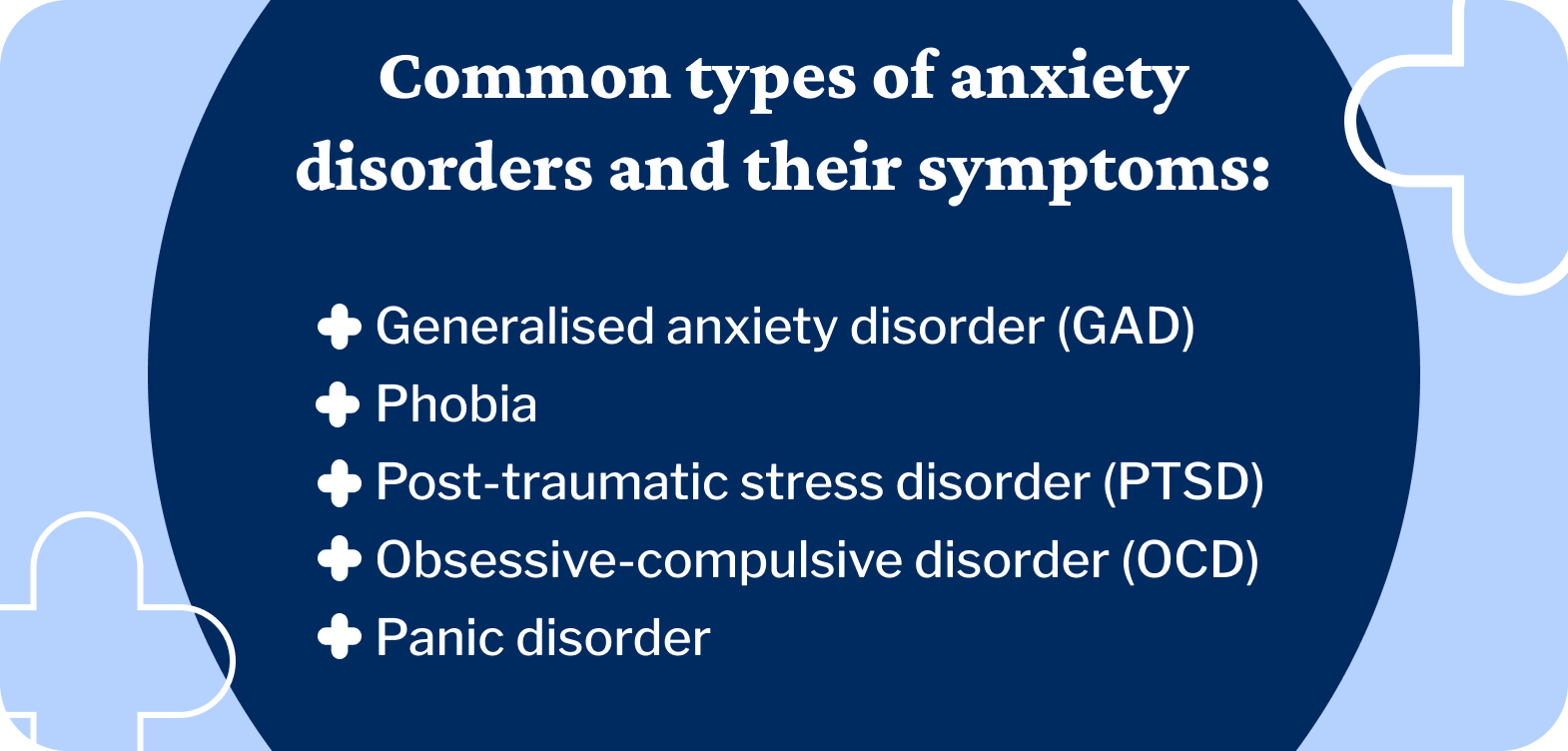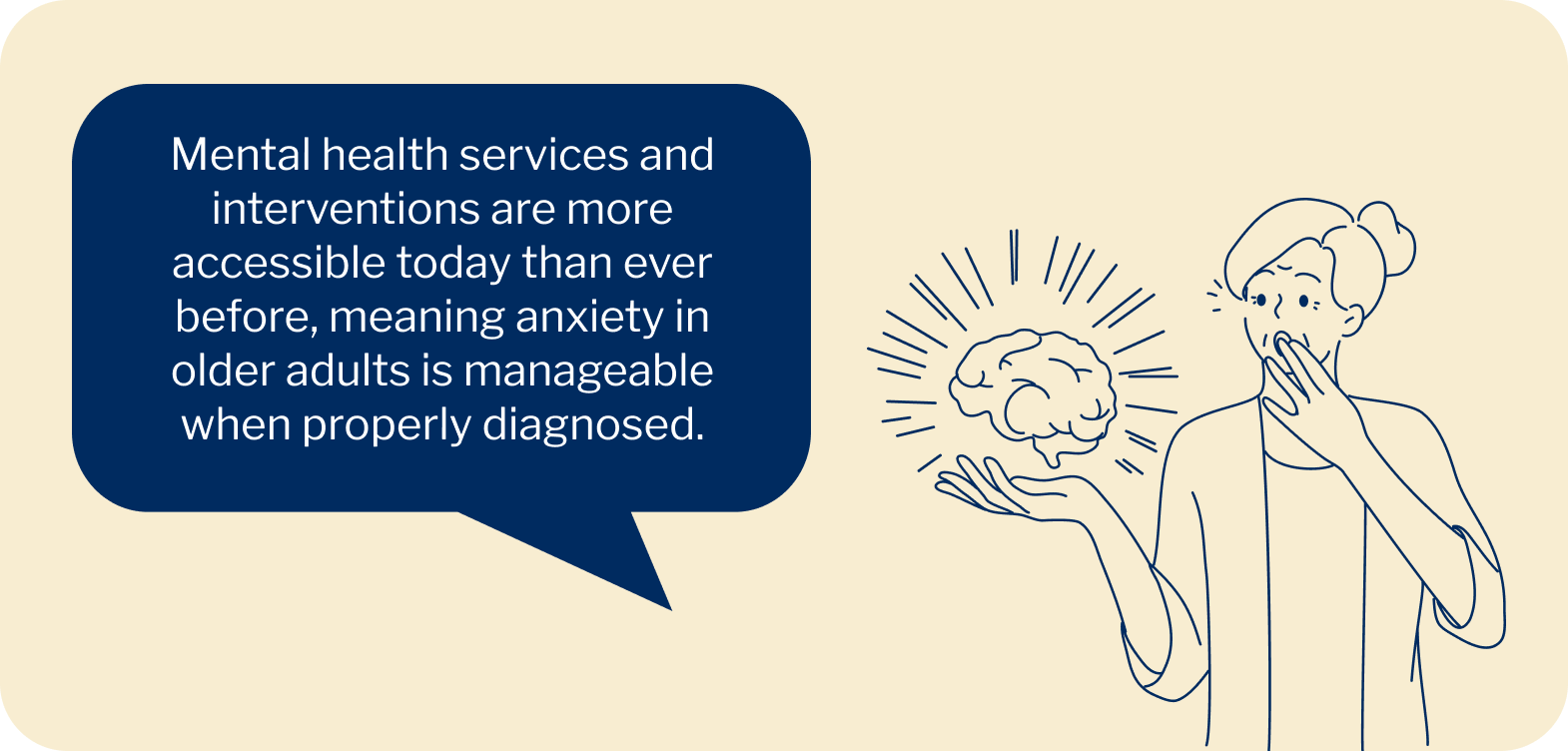The Prevalence of Anxiety in Older Adults
Anxiety is one of the most common psychiatric disorders in the older population.
A study on the prevalence of anxiety in older people showed that anxiety disorders are present in 14-17% of older adults, although they often go undiagnosed. According to the World Health Organisation, loneliness and social isolation are key risk factors for mental health conditions later in life, and unique circumstances—such as the COVID-19 pandemic—can intensify those risk factors.
Symptoms of anxiety in older adults can include irrational and excessive worry or fear, avoidance of routine activities, racing heart, shallow breathing and trembling. Research by geriatric psychiatry experts at the American Medical Association concluded that anxiety in old age often produces more physical symptoms than those experienced by younger adults. Because of that, anxiety can worsen an older adult’s physical health, decrease their ability to perform daily activities and reduce their sense of well-being.
The good news is that anxiety and its many forms—from generalized anxiety disorder to severe anxiety—are treatable. The earlier it is identified and addressed, the easier it is to reverse the symptoms so seniors can maintain a high quality of life.
Causes and Triggers of Anxiety in Older Adults
The causes of anxiety disorders are unknown, but are likely a confluence of genetic, environmental, psychological and developmental factors. Risk factors for developing an anxiety disorder in old age include:
- Chronic medical conditions
- Sleep disorders
- Side effects of medications
- Physical limitations in daily activities
- Stressful life events
- Childhood trauma
Signs and Symptoms of Anxiety in Older Adults
Anxiety symptoms can vary. However, general physical symptoms of an anxiety disorder often include:
- Cold or sweaty hands
- Dry mouth
- Palpitations
- Nausea
- Numbness
- Muscle tension
- Shortness of breath
- Chest pain
- Headaches
Anxiety can also cause mental symptoms such as feelings of panic or fear, nightmares, repeated thoughts or flashbacks to traumatic experiences, and obsessive thoughts. In older people with late-life anxiety, some of the most common mental symptoms are:
- Irrational and excessive worry or fear (such as a fear of falling)
- Checking and rechecking for safety
- Avoiding routine activities or social situations
- Avoiding anxiety-provoking objects or situations
- Difficulty making decisions
- Becoming easily frightened
- An urge to perform certain rituals in an attempt to alleviate anxiety
Identifying and Diagnosing Anxiety in Older Adults
It’s important for family members and carers to pay attention to the mental health of older adults, especially if they have a medical condition, have suffered the loss of a loved one, or are socialising less than they used to.
Family members and carers of older adults need to be aware of warning signs that may indicate the presence of anxiety. Some of the signs in older people with anxiety or depression include:
- Changes in appearance or dress, or problems with housekeeping
- Decreased or increased appetite and weight changes
- Depressed mood for more than two weeks
- Feelings of worthlessness, inappropriate guilt, helplessness and thoughts of suicide
- Physical problems that cannot be explained otherwise
- Social withdrawal or loss of interest in things that used to be fun for them
- Unexplained fatigue, loss of energy, and sleep changes
- Confusion, memory loss, cognitive impairment and problems concentrating or making decisions
With professional counselling and therapy the symptoms of anxiety can improve significantly.
Common Types Of Anxiety Disorders And Their Symptoms
Anxiety disorders can materialise in several different forms, such as:
Generalised anxiety disorder (GAD)
GAD is the most common type of anxiety disorder diagnosed in older adults. This disorder causes anxious feelings about a wide range of situations and issues rather than a specific event. It is often accompanied by physical symptoms such as fatigue, trembling, muscle tension, headache and nausea.
Panic disorder
Panic disorder is characterised by panic attacks or sudden feelings of terror that occur repeatedly and without warning.Symptoms include chest pain, palpitations, shortness of breath, dizziness and fear of dying.
Obsessive-compulsive disorder (OCD)
Another well-known anxiety disorder, OCD, is characterised by recurrent unwanted thoughts or rituals. It is often marked by concerns related to themes such as orderliness, cleanliness, and personal safety. These obsessive thoughts can greatly interfere with a person’s daily life.
Post-traumatic stress disorder (PTSD)
PTSD is a psychological disorder that can occur in people who have experienced or witnessed a traumatic event. The most common symptoms are nightmares, flashbacks, numbing of emotions, depression, and feeling angry, irritable or distracted.
Phobia
Phobia is an extreme form of fear or anxiety, triggered by a particular situation or object that poses little or no real danger; the fear leads to avoidance of objects or situations and can cause people to limit their lives. For example, claustrophobia is a phobia marked by a fear of enclosed places. People who suffer from claustrophobia often avoid places such as elevators and crowded rooms.
Treatment and Management of Anxiety in Older Adults
The most common and effective treatment for anxiety is a combination of counselling with mental health care providers and medication. However, some people may only require one form of treatment.
There are several interventions older adults can undertake to help cope with the symptoms of later-life anxiety disorders and make treatment more effective, such as learning stress management techniques, meditating and practising mindfulness, or attending support groups where they can share experiences and coping strategies while building a network of social support.
Caregiving Tips for Loved Ones with Anxiety
Lifestyle changes can be an effective way to relieve some of the stress and anxiety that a person with anxiety faces every day. Here are some of the actions you can consider to improve your loved one’s situation:
- Make sure the person gets enough sleep
- Suggest meditation, light exercise and other activities that keep the person physically active
- Encourage or provide a healthy diet and urge them to avoid alcohol, caffeine and smoking
- Help them cultivate social relationships
- Introduce them to a systematic review practice such as reminiscence therapy
- Seek professional help to support them in coping with their emotional response to the disorder
Anxiety can affect members of any age group, and late-life anxiety in older adults and elderly people can be especially tricky to identify and treat. However, mental health services and interventions are more accessible today than ever before, meaning anxiety in older adults is certainly manageable when properly diagnosed.
At The CareSide, we have extensive experience working with and providing services to older people who suffer from mental health conditions such as anxiety or depression. If you are looking for help and care at home for your elderly loved one, contact us here or call us on 1300 85 40 80 and we will be glad to assist you. You can also visit our resource library and download our free ebook, ‘Guide to The Changes to Expect When Elderly’.
Additional Resources about Anxiety in Old Age
- The Better Health Channel: Depression and Ageing
- Health Direct: Older People and Mental Health
- Centre for Addiction and Medical Health: Anxiety in Older Adults
- Royal Australian College of General Practitioners (RACGP): Managing Anxiety and Depression in Older Patients
- National Library of Medicine: Clinical practice guidelines for Geriatric Anxiety Disorders


